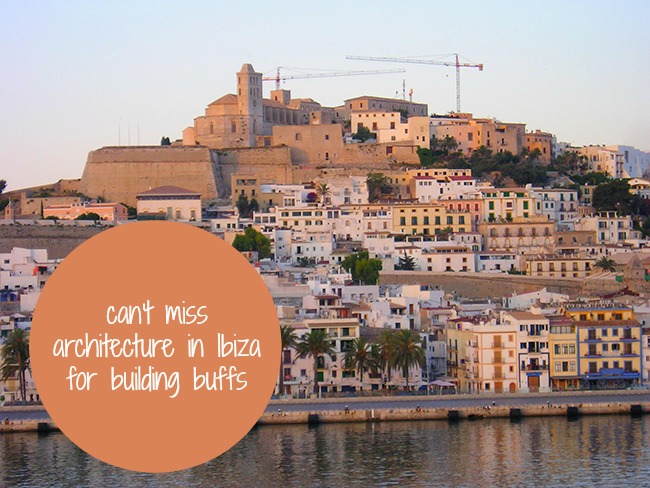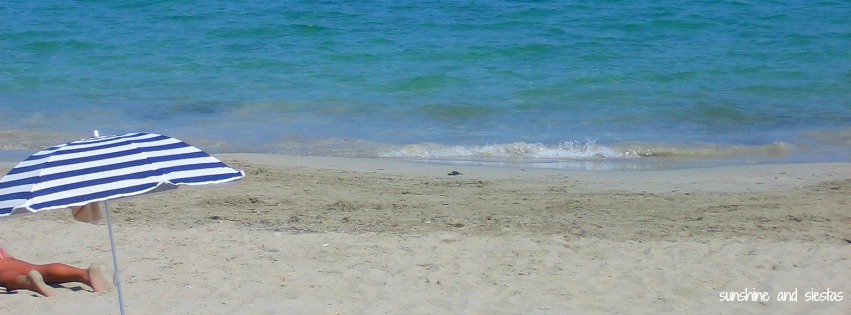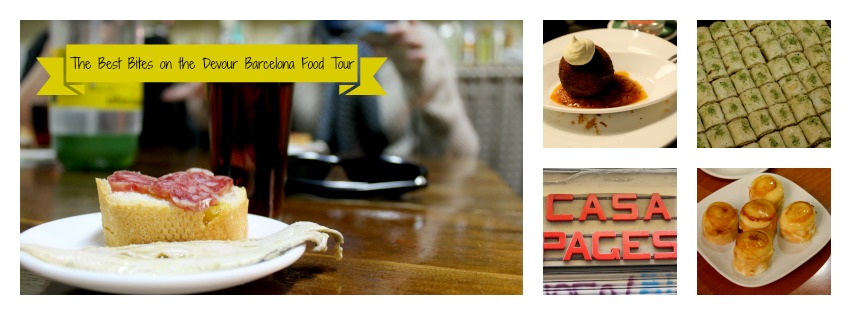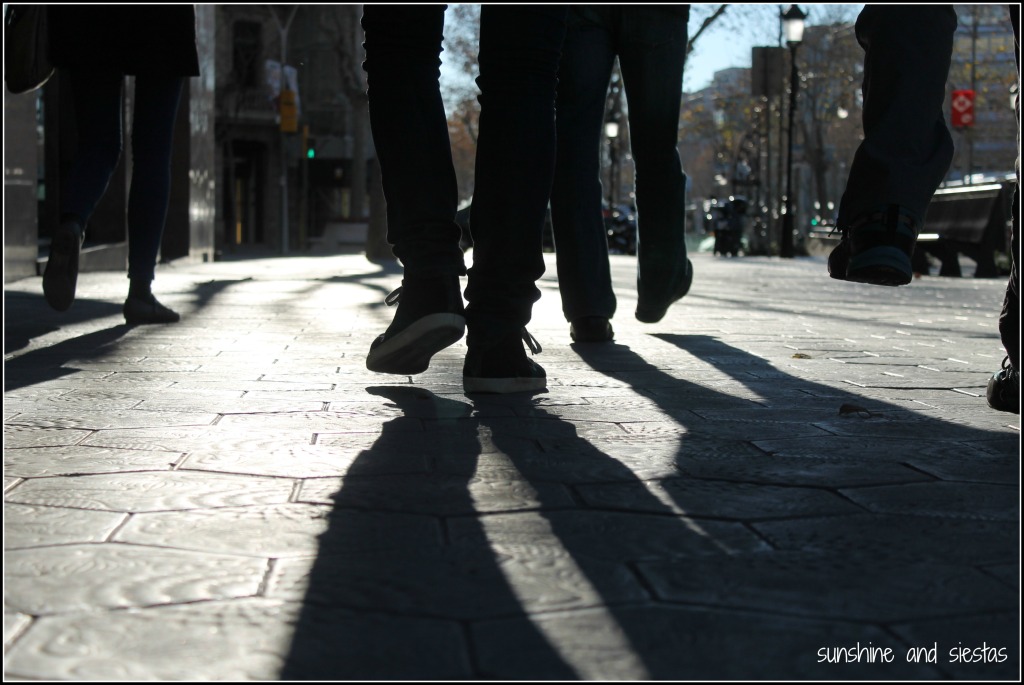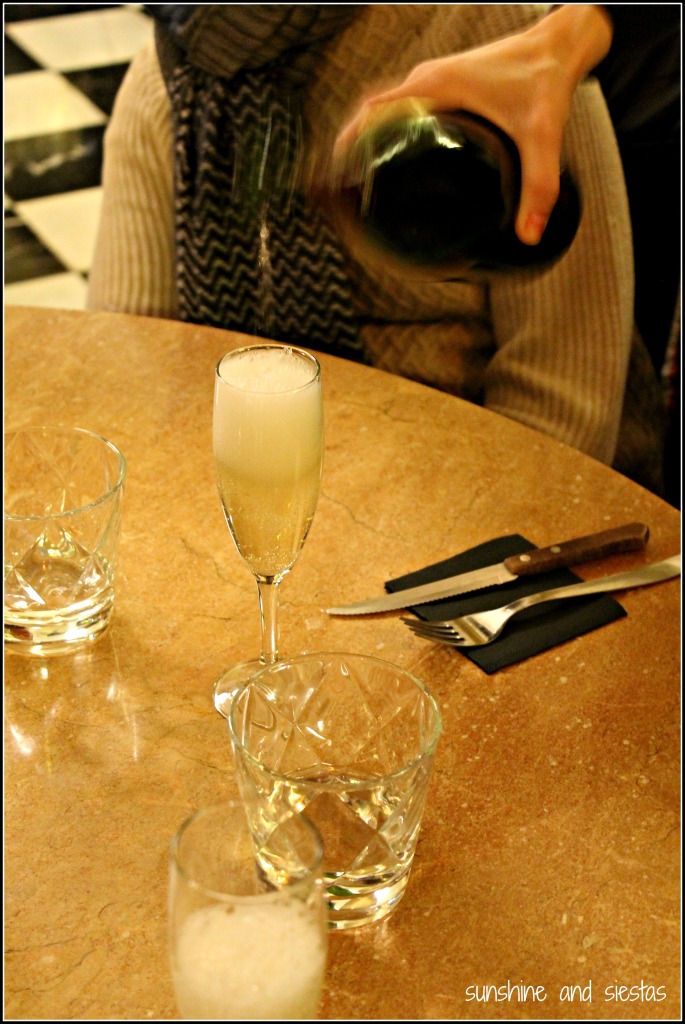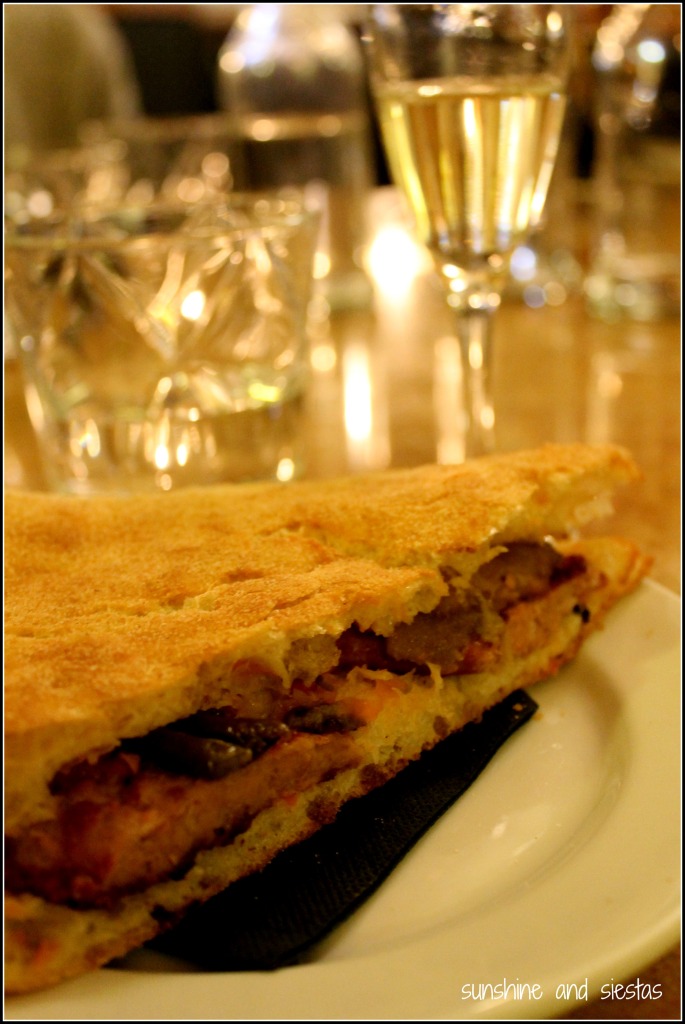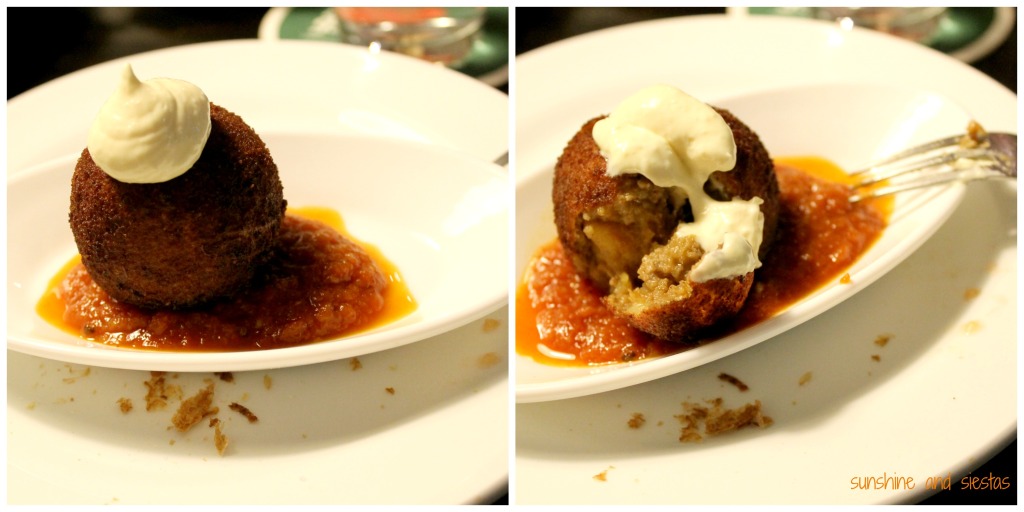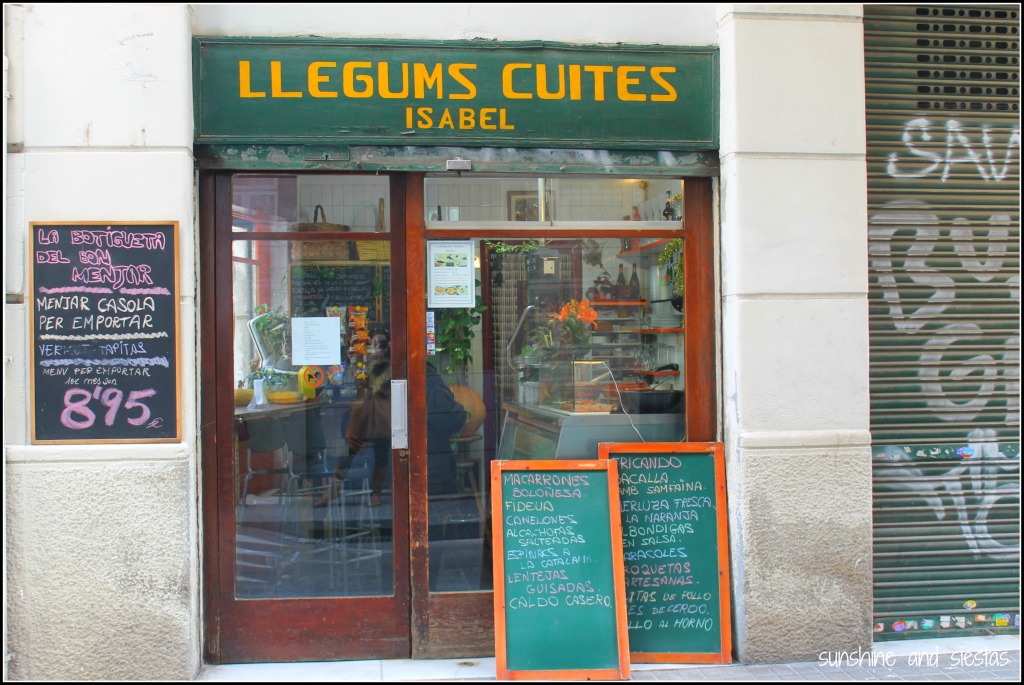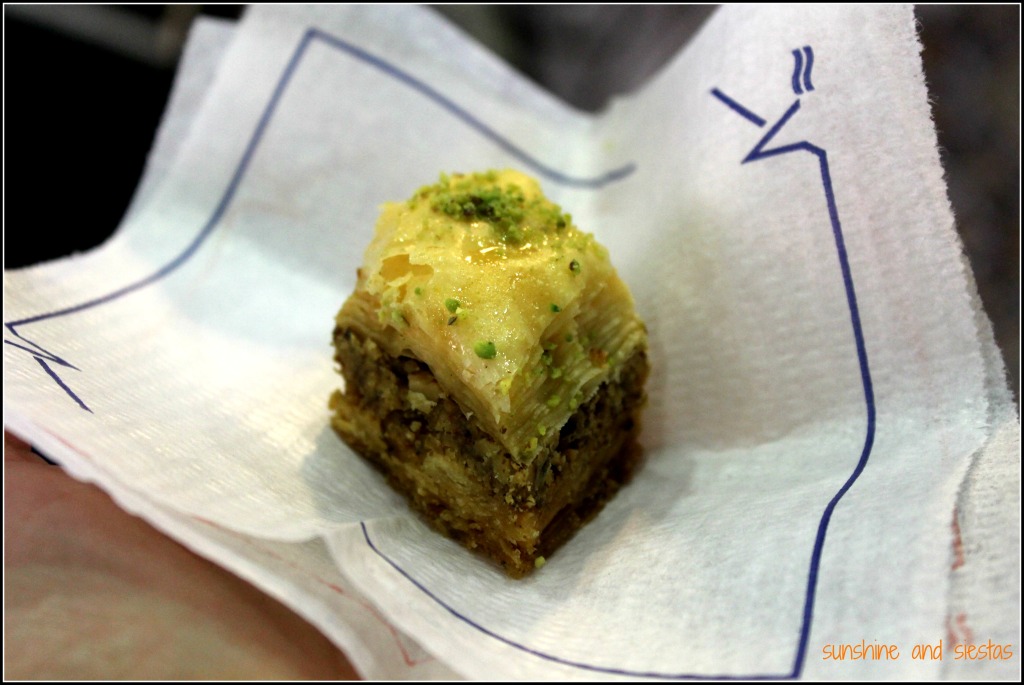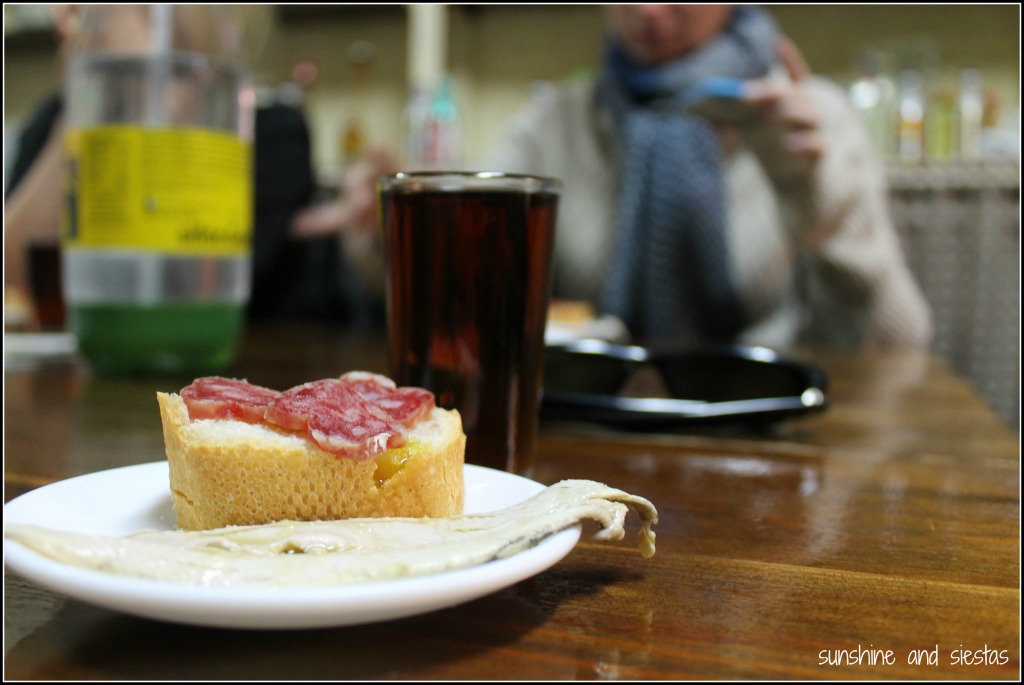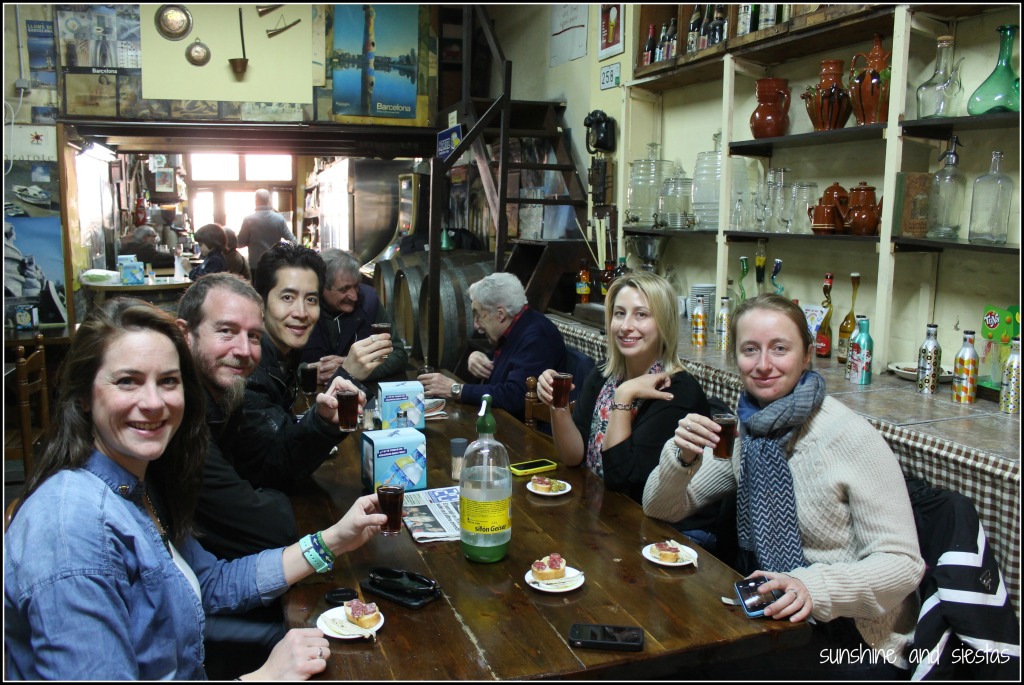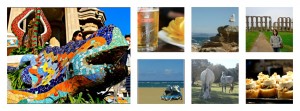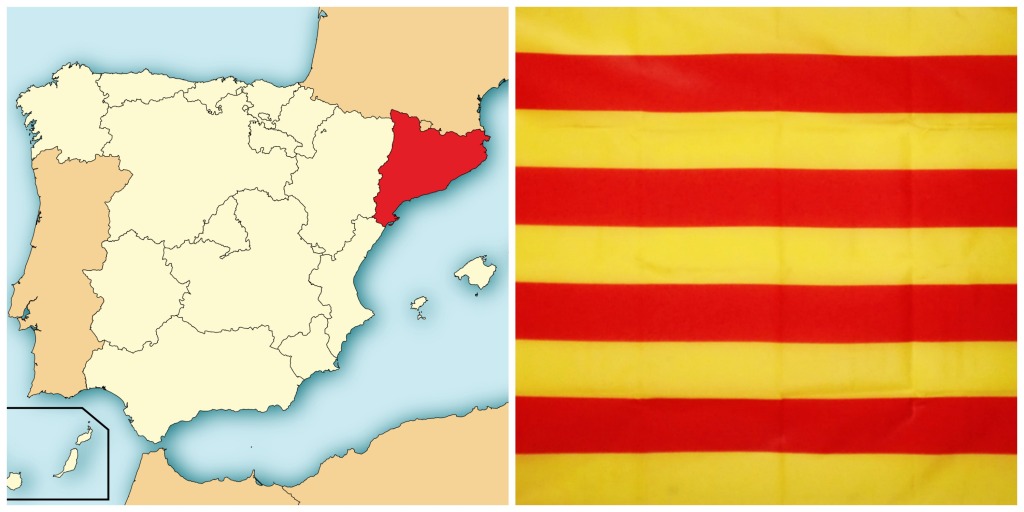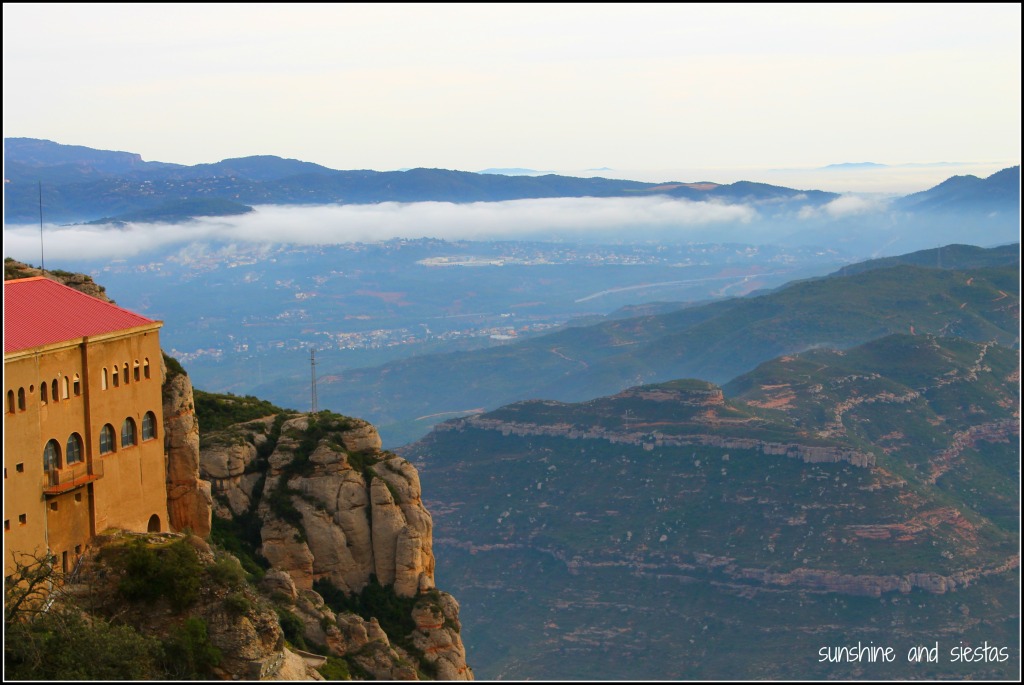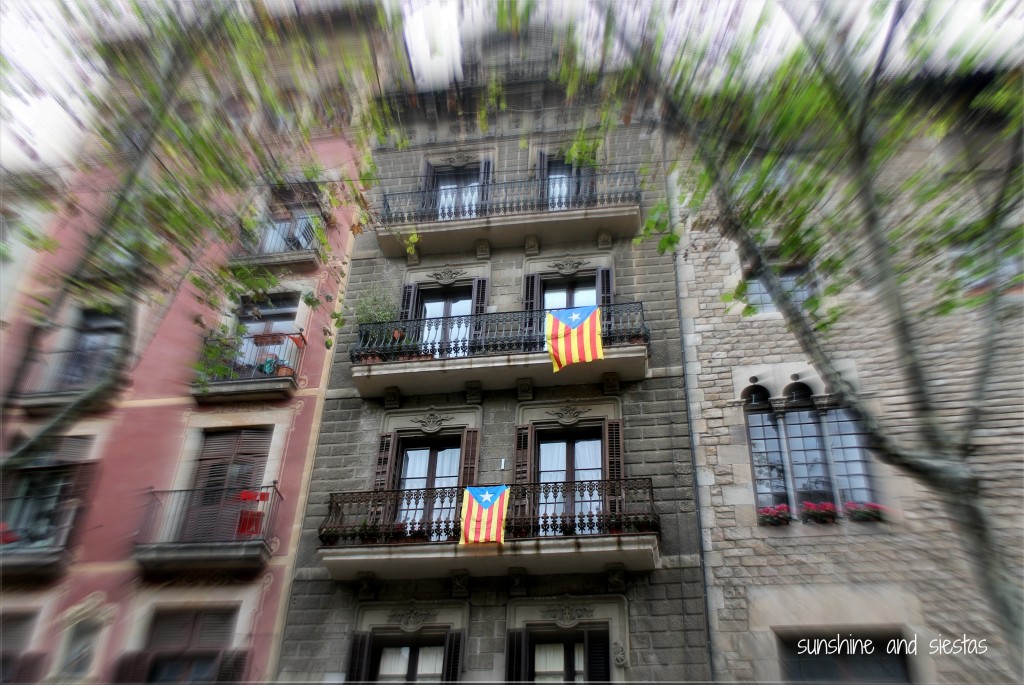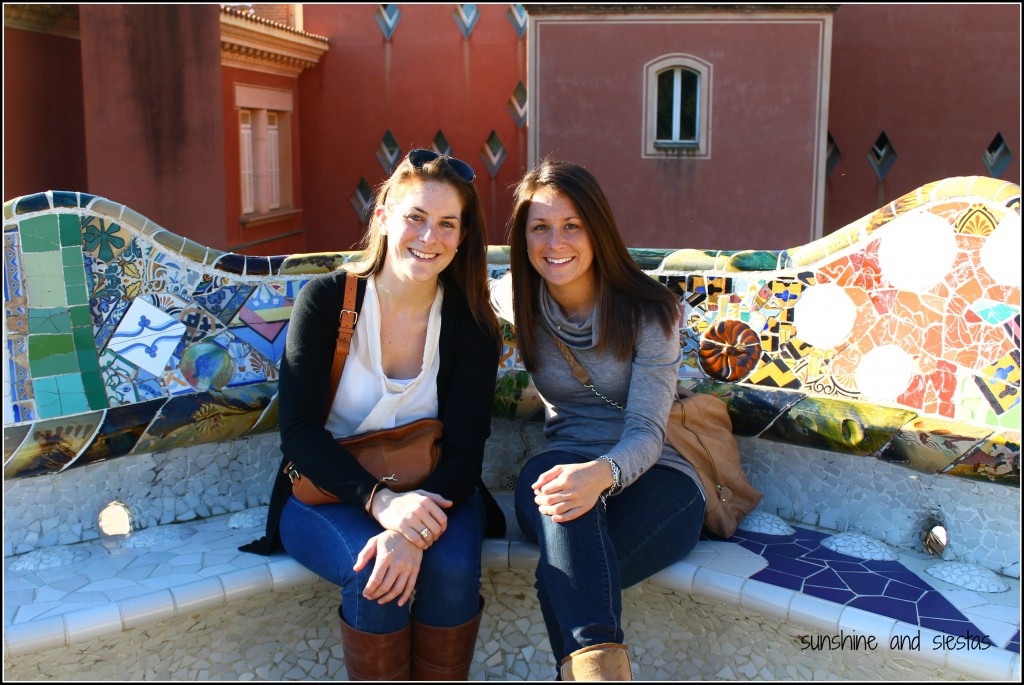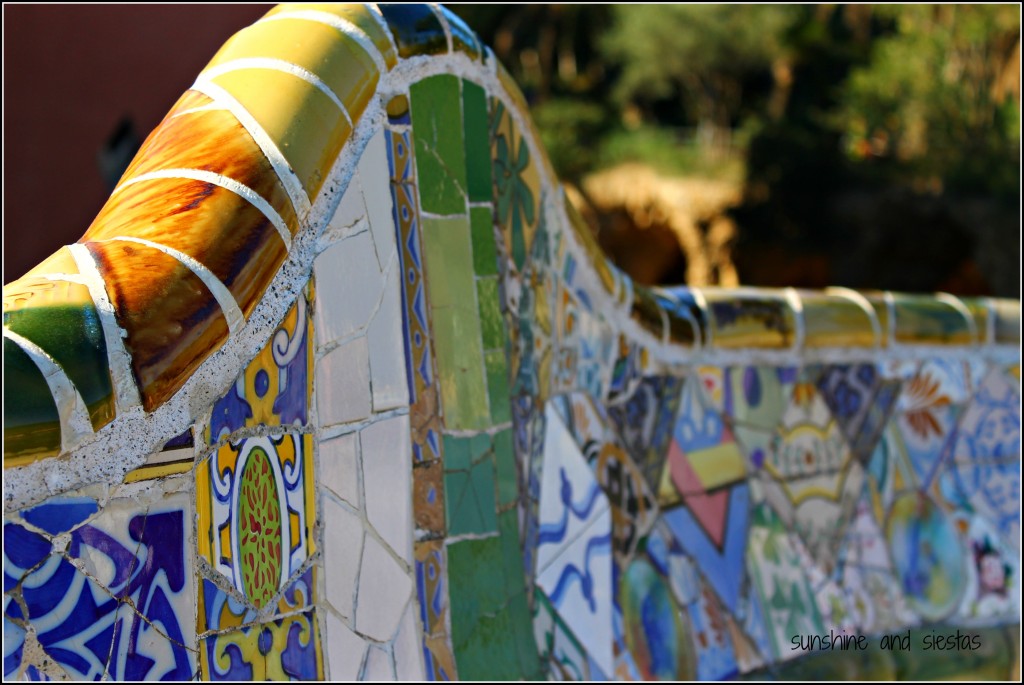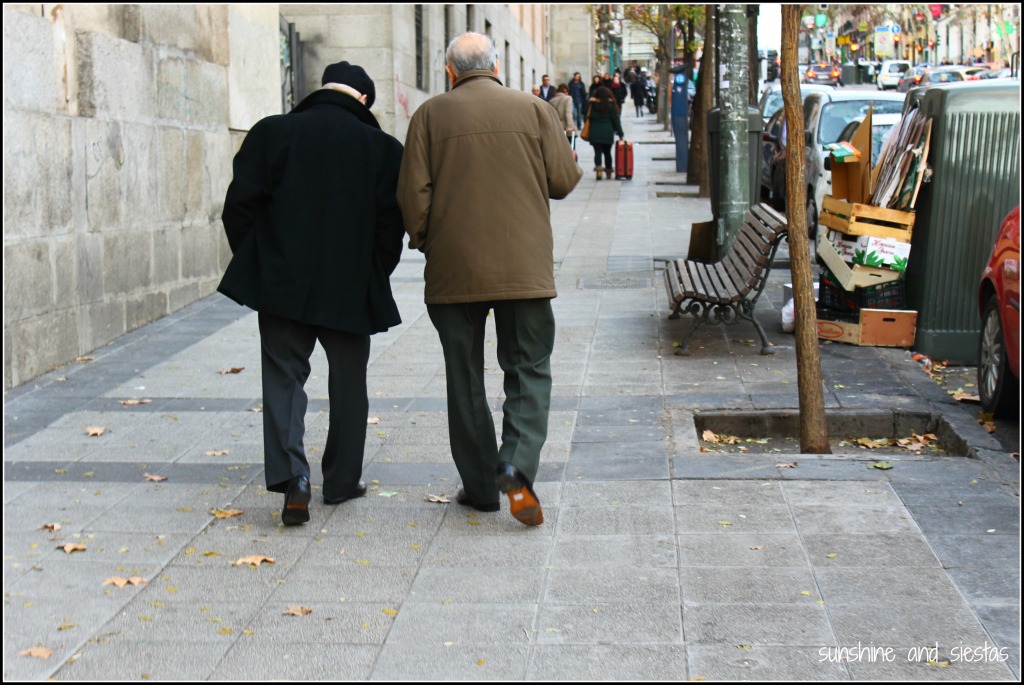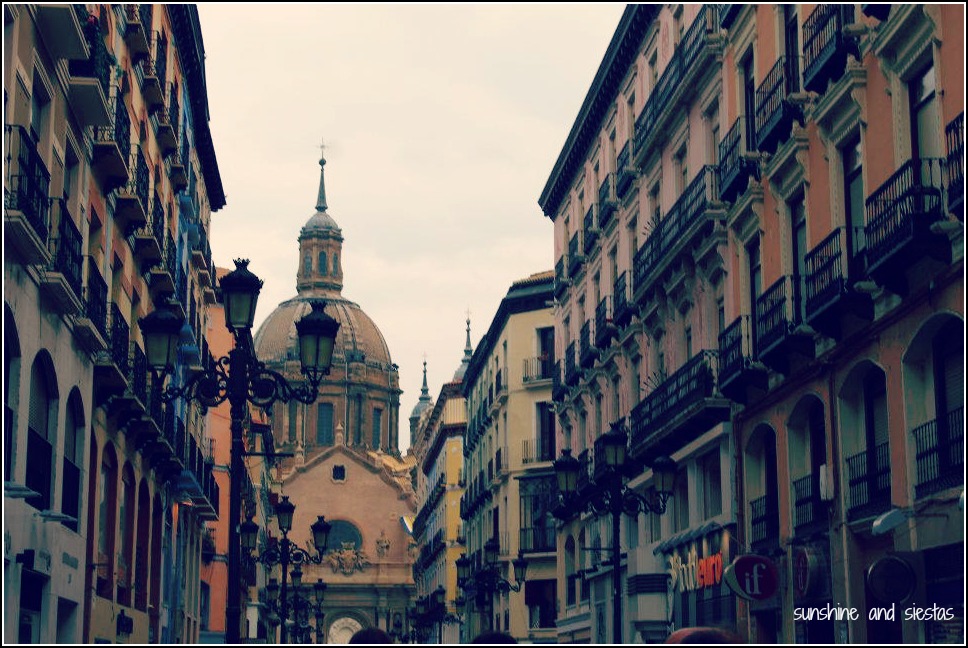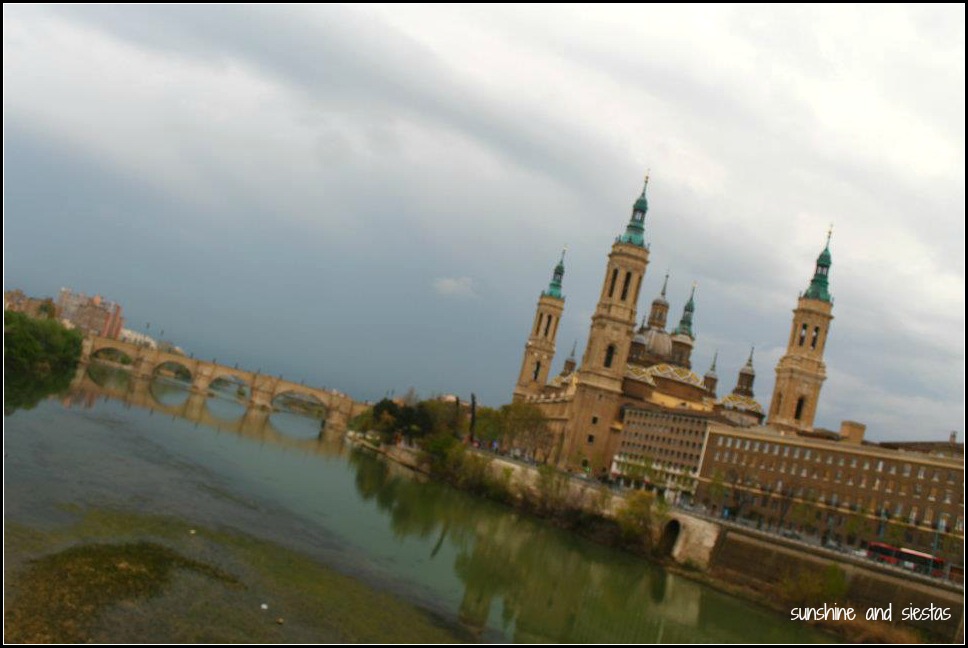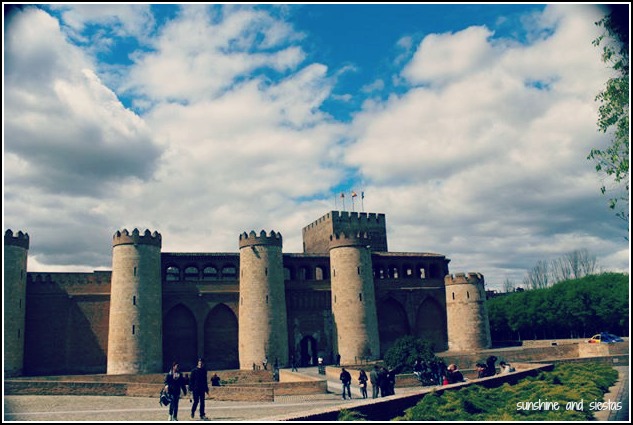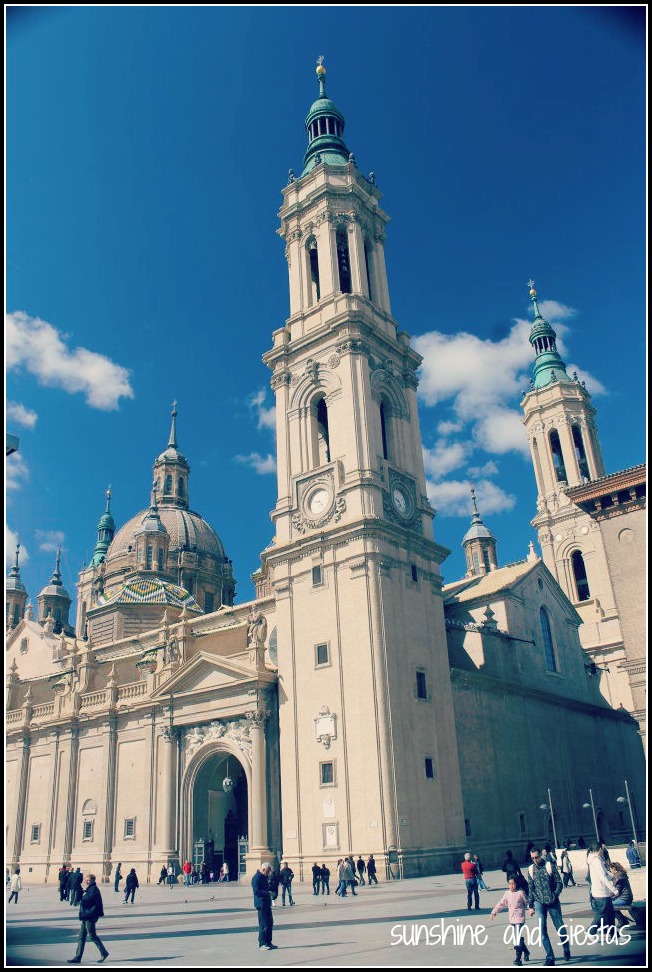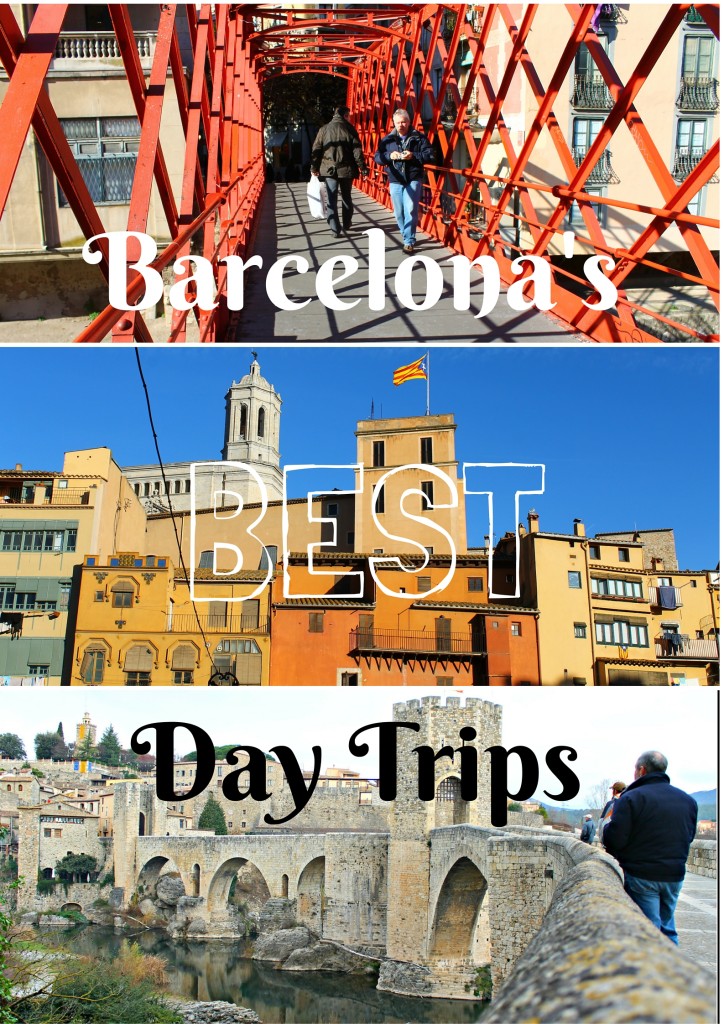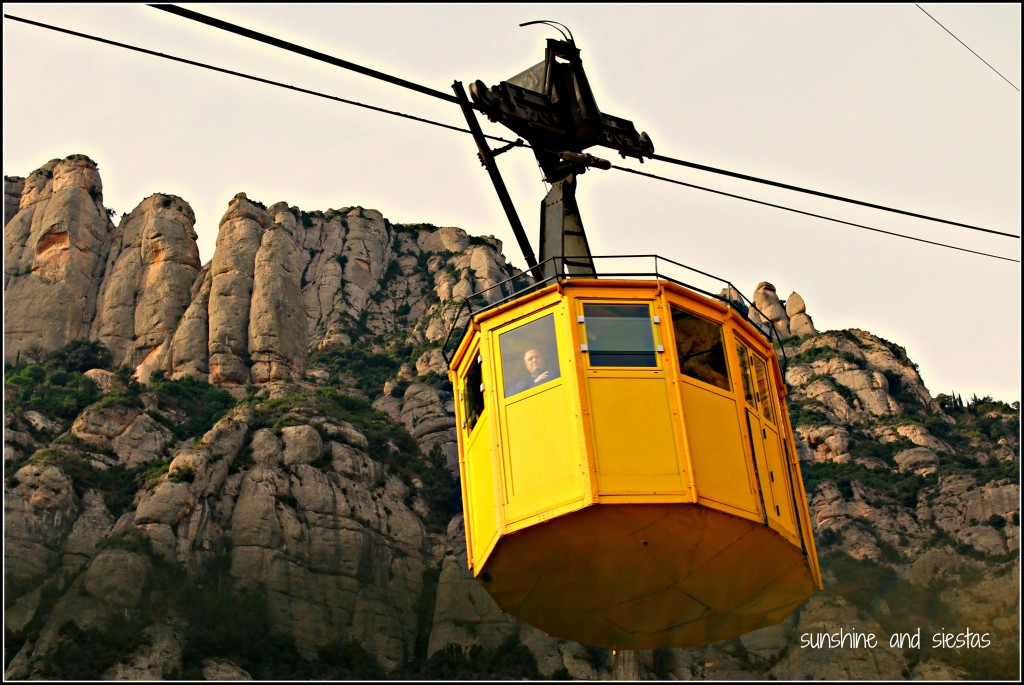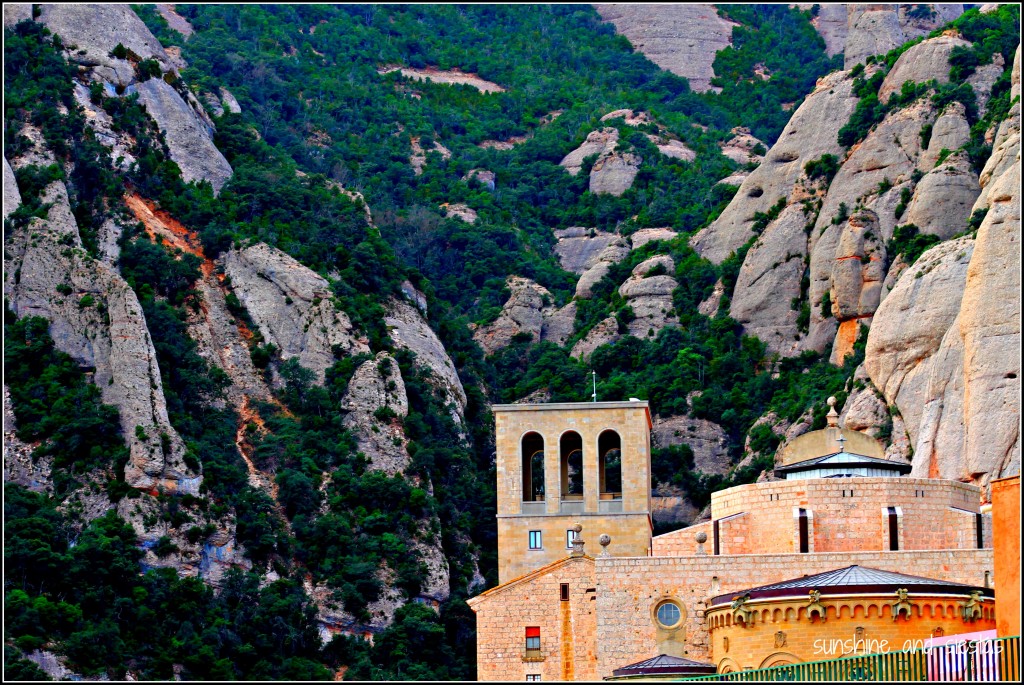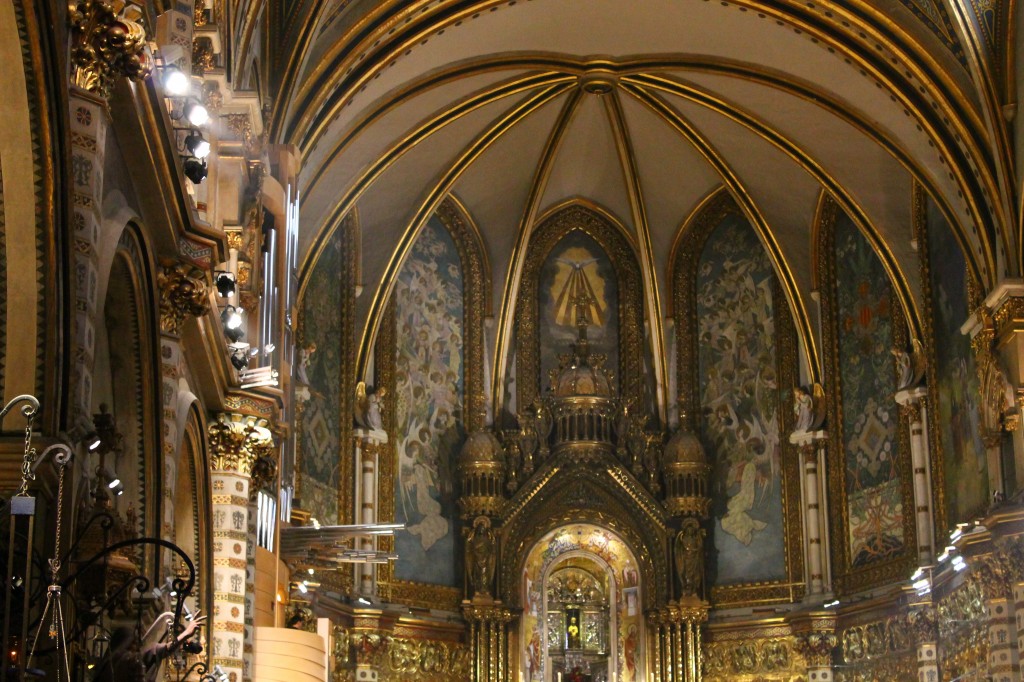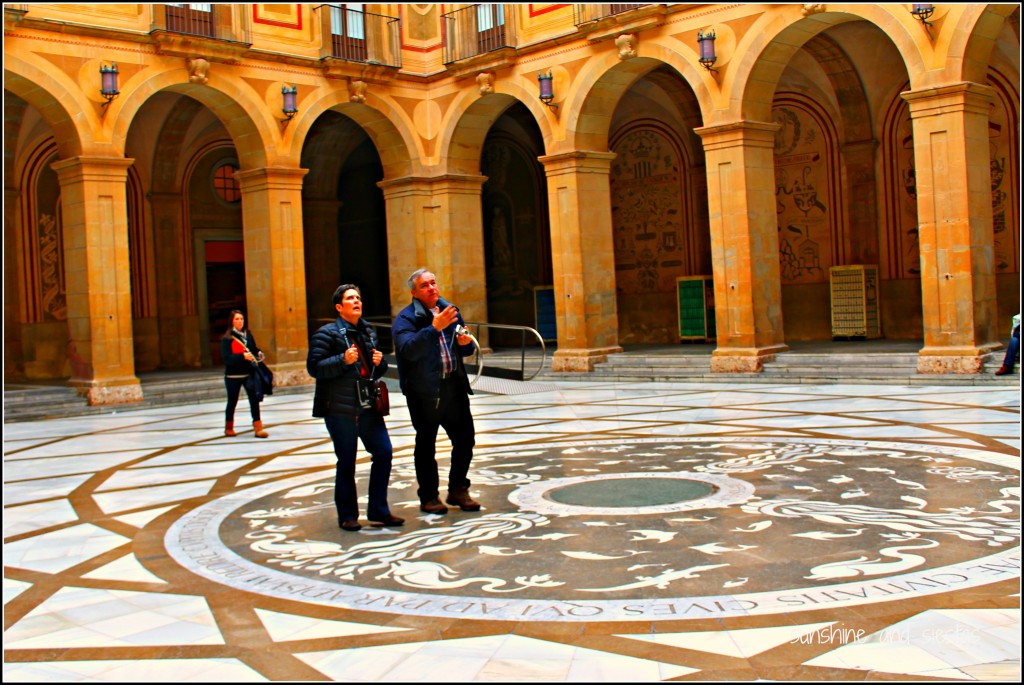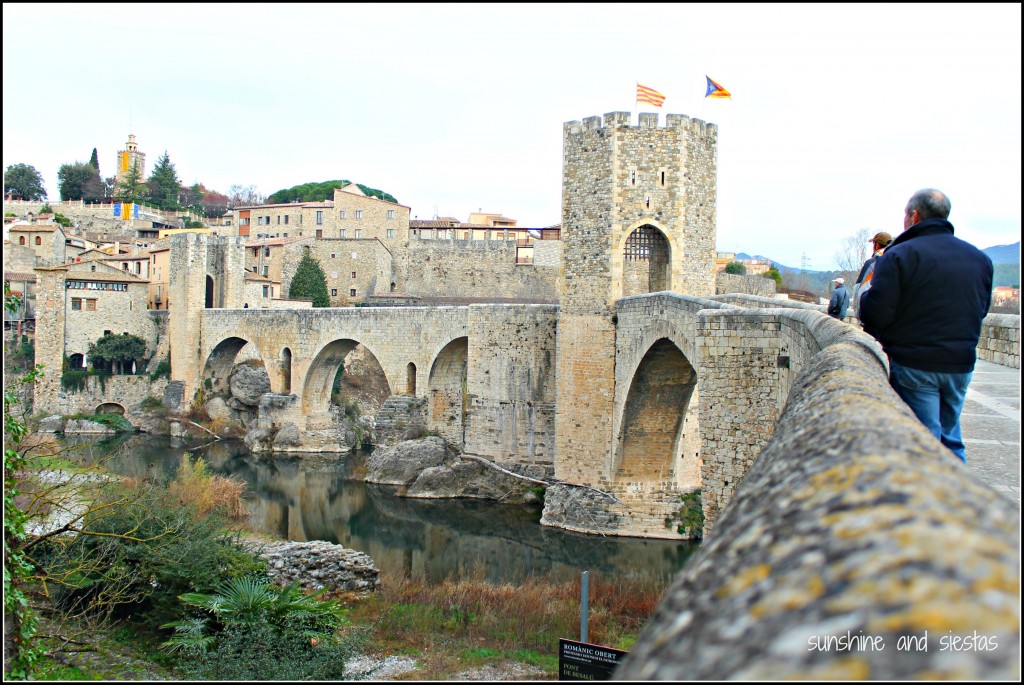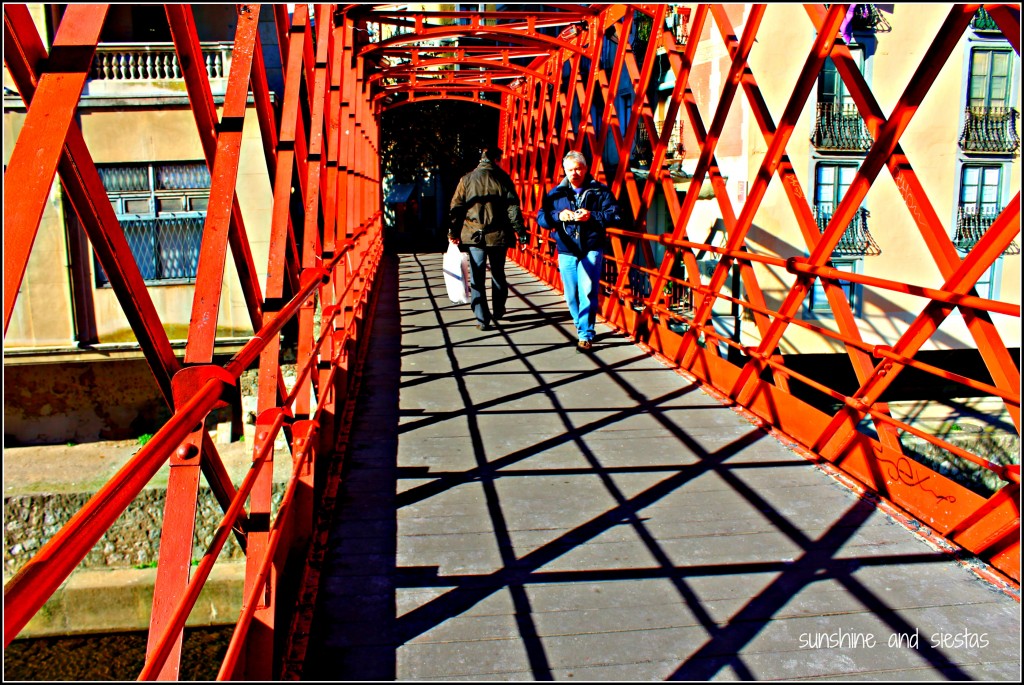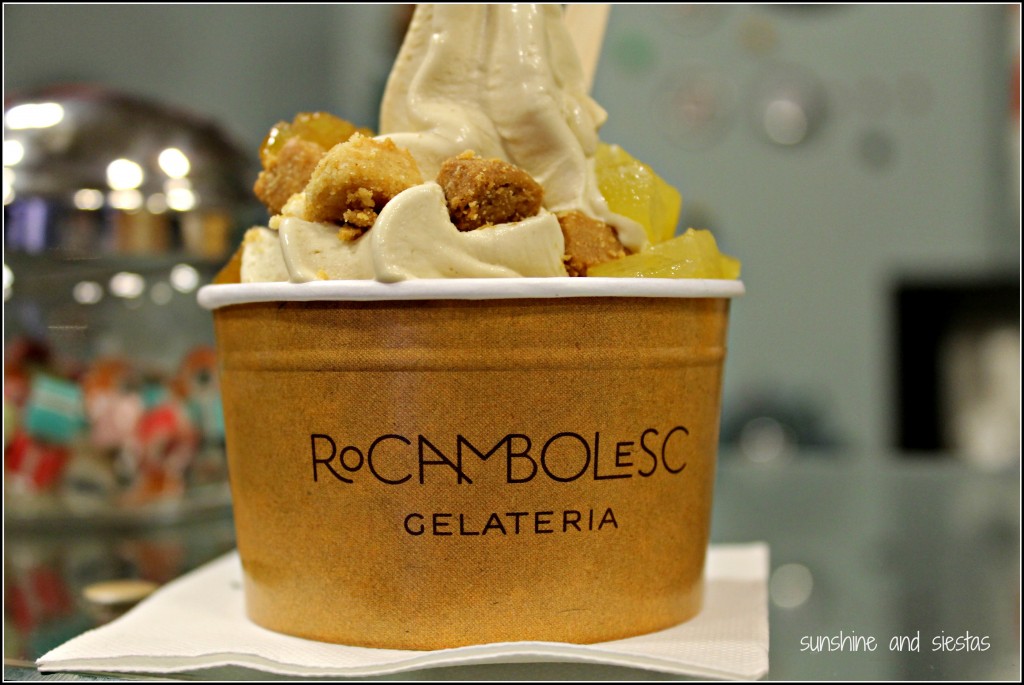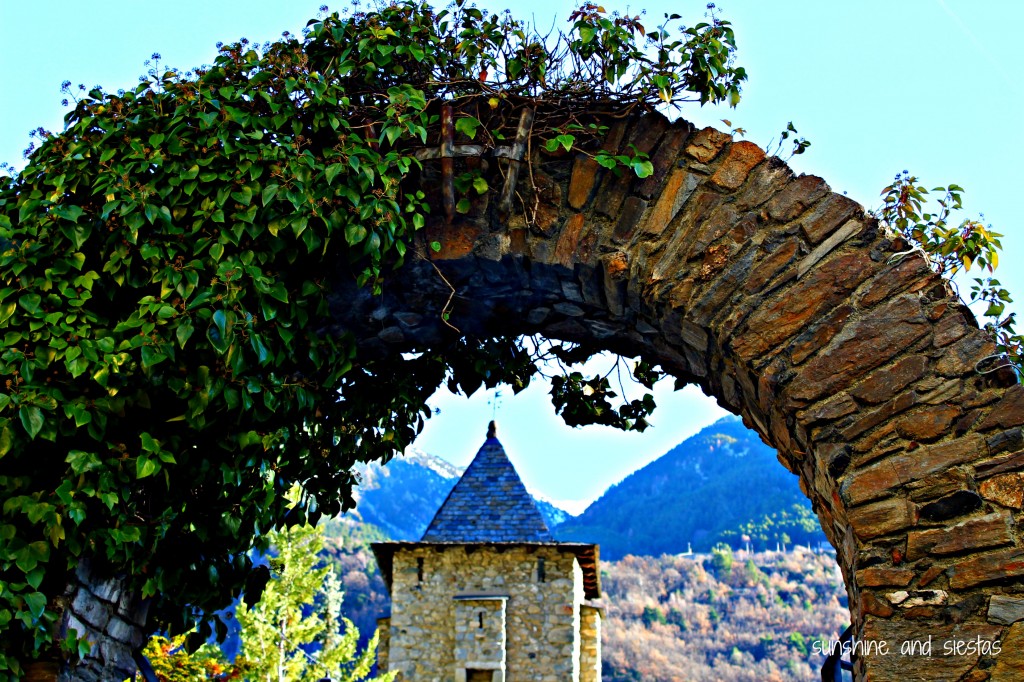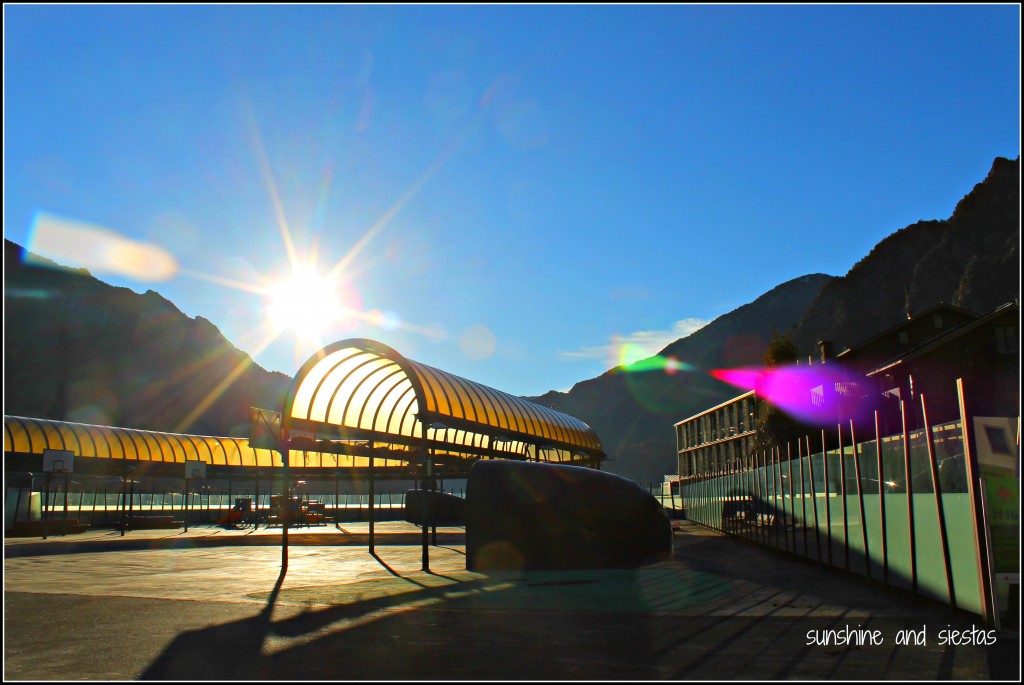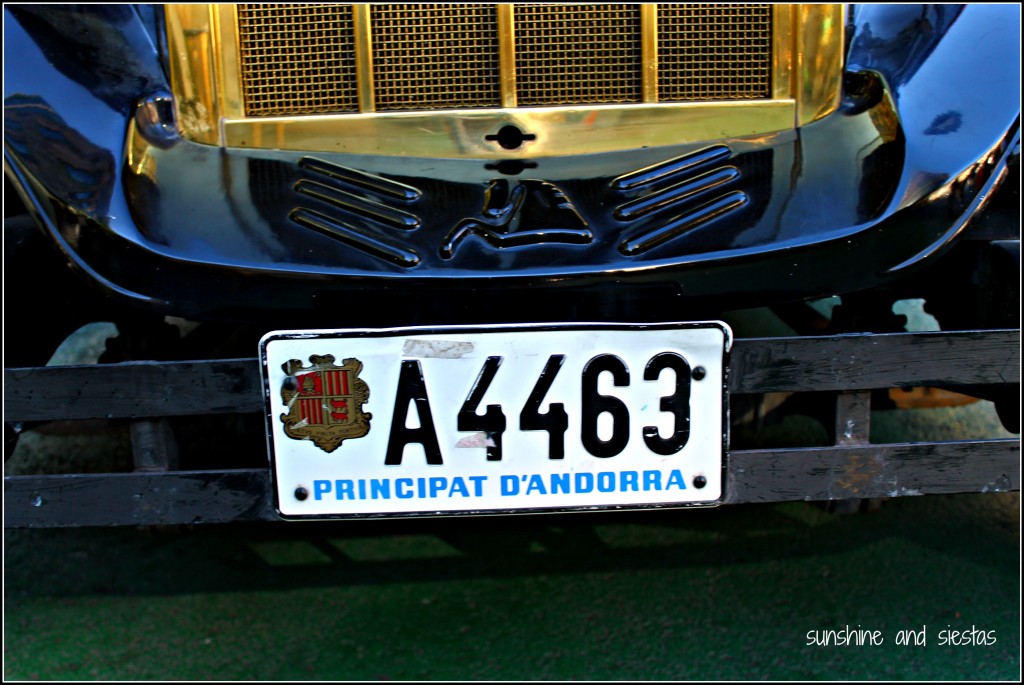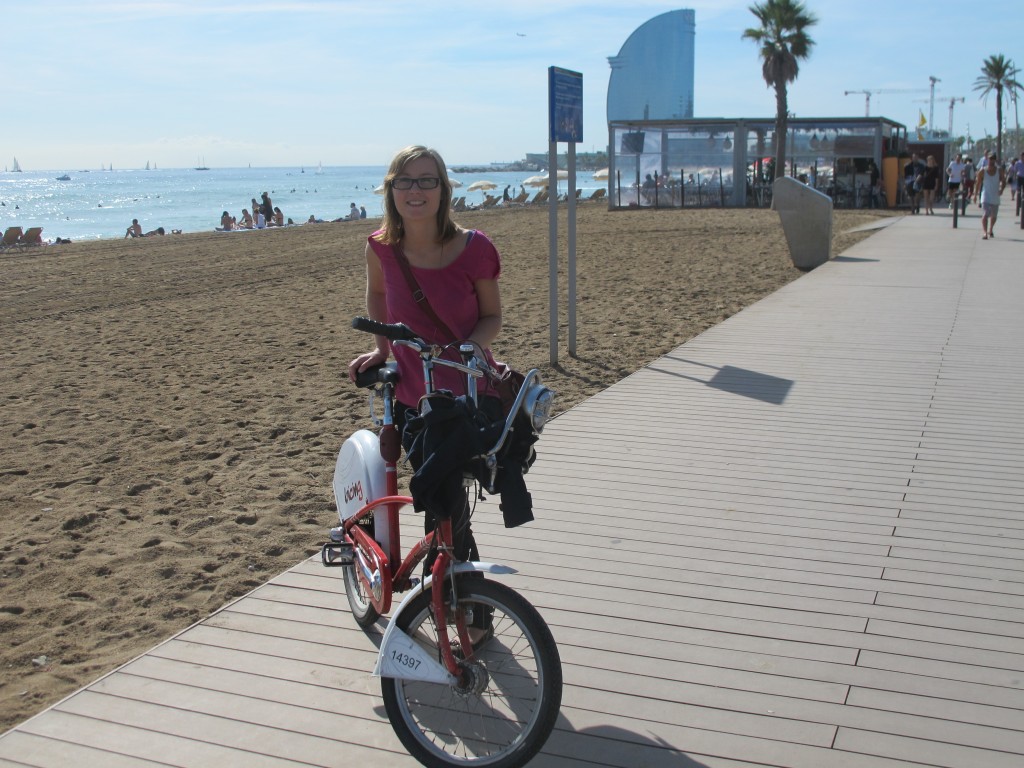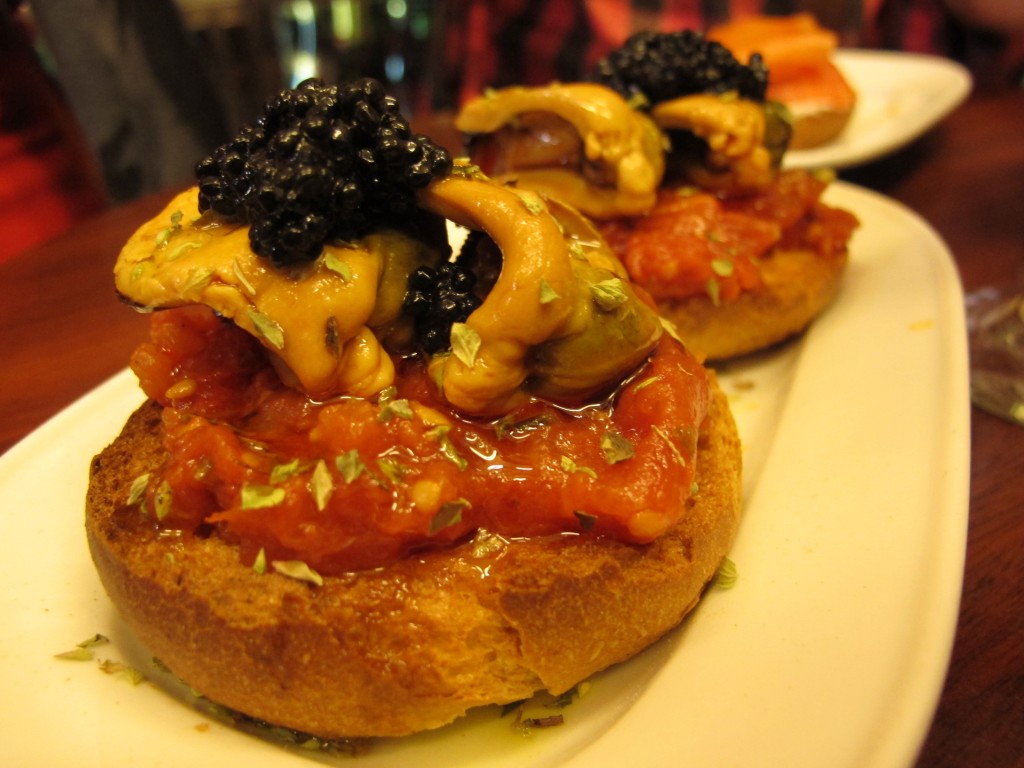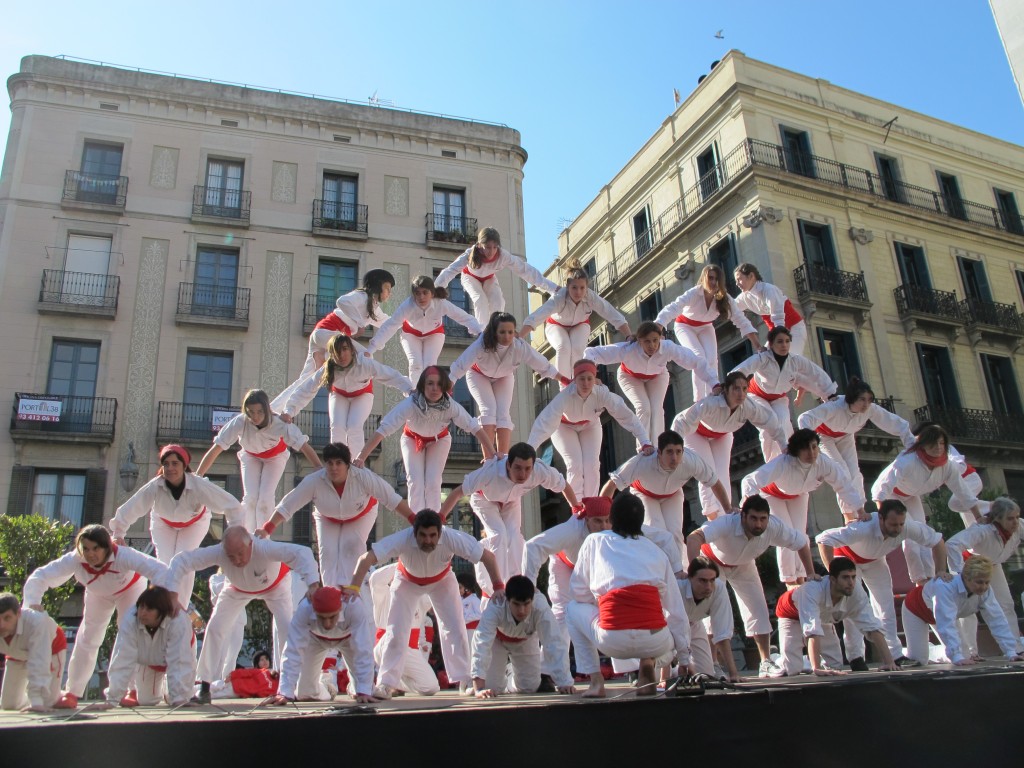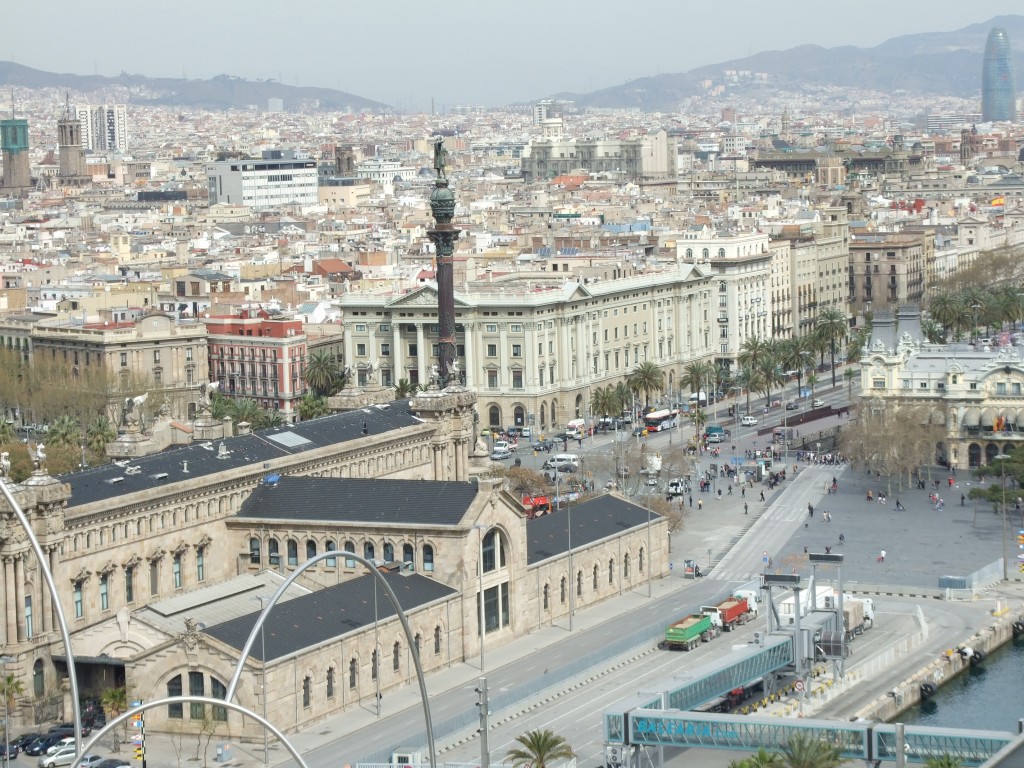My only trip to the Baleares Islands has been to party mecca Ibiza, and island with seemingly more sheep than residents, more discos than churches. But there’s more to this ancient islands past the nightclubs and party offers.
One can find a lot of interesting buildings and medieval constructions to visit if a decision to take a trip to the island is made. Based mostly in monuments and emblematic constructions, Ibiza’s architecture brings us some of the most impressive buildings in Spain. In fact, the historic city is one of Spain’s UNESCO World Heritage City, thanks to its medieval constructions and Phoenician origins.
There’s a wealth of information about some of these buildings on Ibiza’s Official Tourism Site, and also you can check out some of their recommendations for visiting the island.
The Dalt Vila Walls
Located in the city of Ibiza to protect it from attacks in the past, these amazing walls, built in the XVI century and declared a World Heritage area by the UNESCO, is an attraction that no tourist should ever miss. The walled area, with a heptagonal form, has a defensive bastion in every one of its angles.
The Puig de Missa
Located in the town of Santa Eularia des Riu, this church-cum-fortress of the XVI/XVII century is located in the hill nearby the town, therefore placing it in the perfect spot to prevent pirate attacks and refuge the townsfolk from their pillages, safe in the top of the hill.
Aside from the church, the town of Santa Eularia, known for its historic district formed by white houses and pleasant streets, is quaint and full of artisan shops that will prove very interesting for those who love anything medieval.
Des Savinar Tower
Located in the Hort Cove Natural Reserve, near the town of San Antonio, this impressive tower was completed in 1756. Originally intended to be an artillery tower, it never housed cannons, so it’s use was limited to a watch tower. With views of the Es Vedra and Es Vedranell rock, and a height of 200 meters above the sea level, the tower brings us a lovely vista of the sea, and sunsets deserving to be on the best postcards.
Due to the large distance between the Hort Cove and the town of San Antonio, we need to rent a car in order to move around the cove and to the natural reserve. We can also make the most of our trip and enjoy the cove, where we will find a beach with thin sand and crystalline waters.
The Ibiza Cathedral
The Ibiza cathedral, built above an old arabian temple, is the shining jewel of the old town. With a beautiful Gothic style, this cathedral finished its construction in the XVIII century, and we can find important medieval art pieces in its interior, like the Saint Gregory altarpiece, or a collection of golden silver from the XIV century. Like many other churches in Ibiza, it has an special tower built as a refuge for the townsfolk from pirates.
Aside from these magnificent constructions, in Ibiza we can find a lot of pristine beaches and fun nightlife, but for those of us who like to enjoy medieval zones and old buildings will undoubtedly enjoy something other than foam parties.
Have you ever been to Ibiza?
Other posts of interest: A Tenerife Road Trip // Spain’s Architectural Sites // Autonomous Community Spotlight: Islas Baleares
